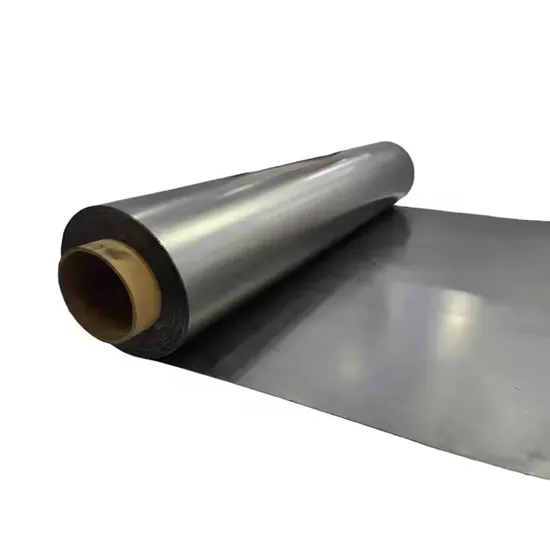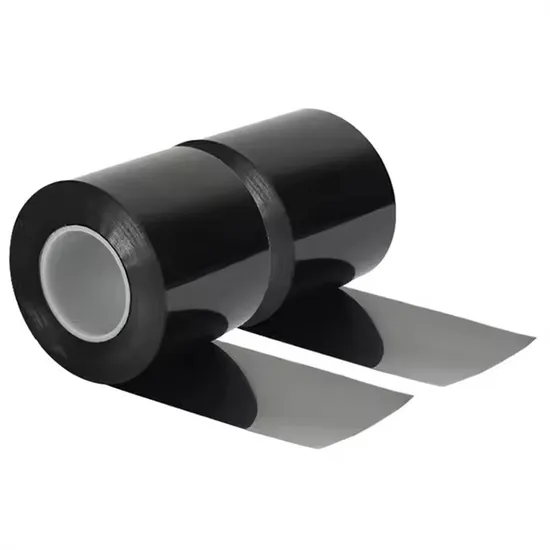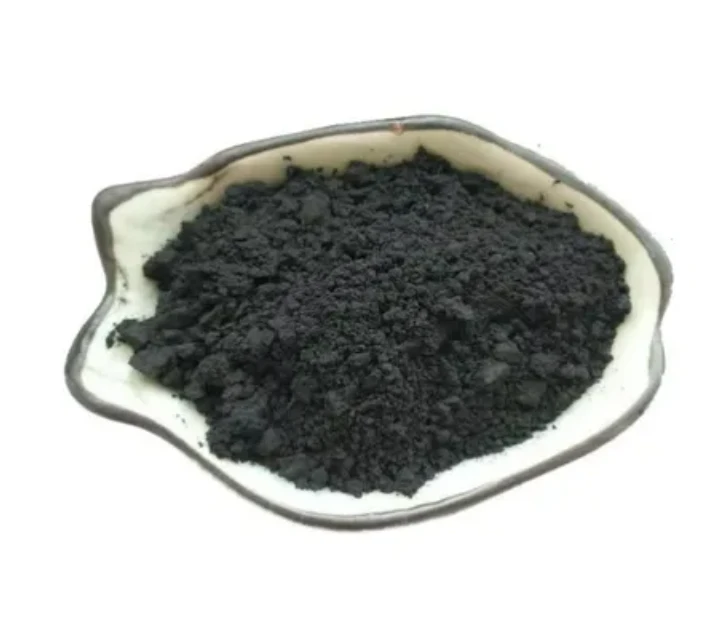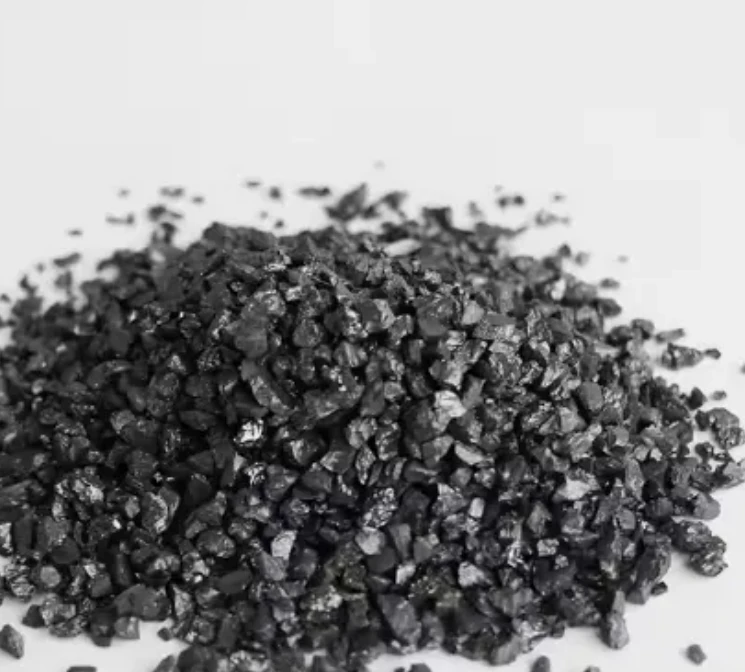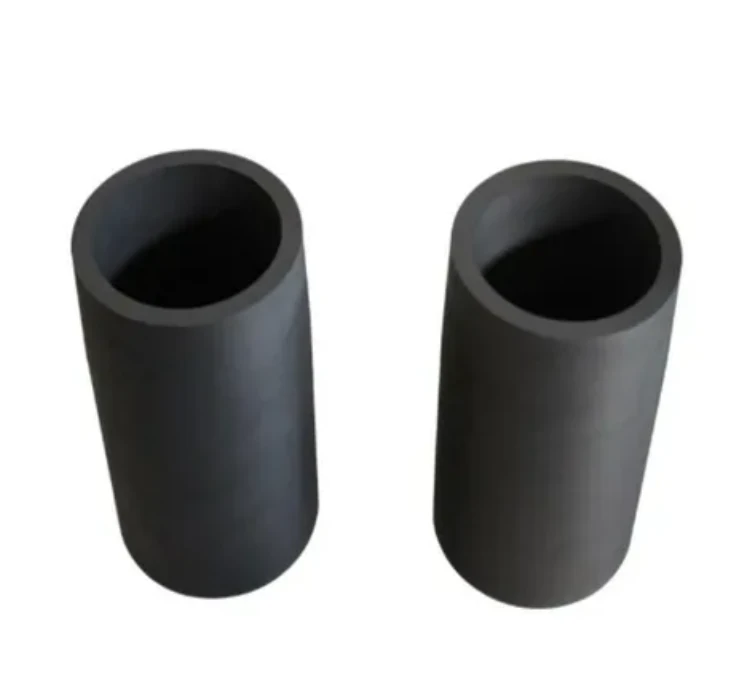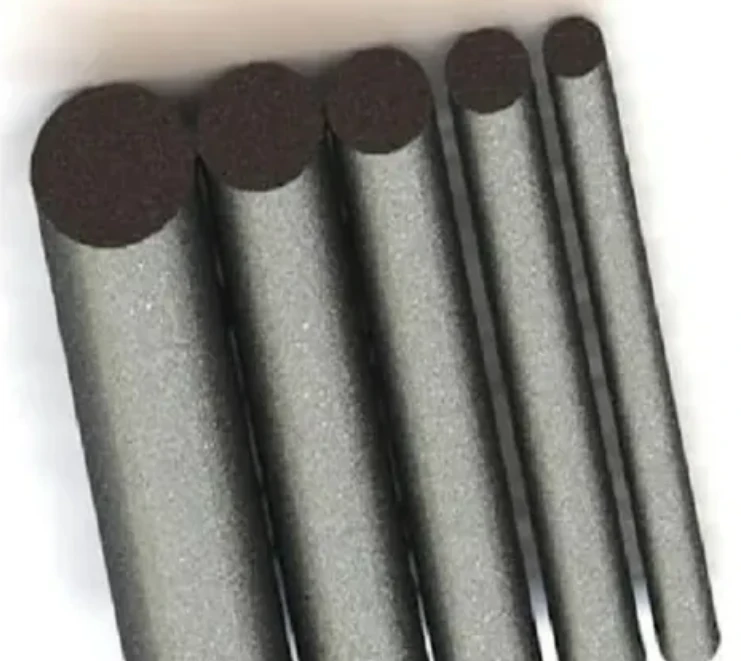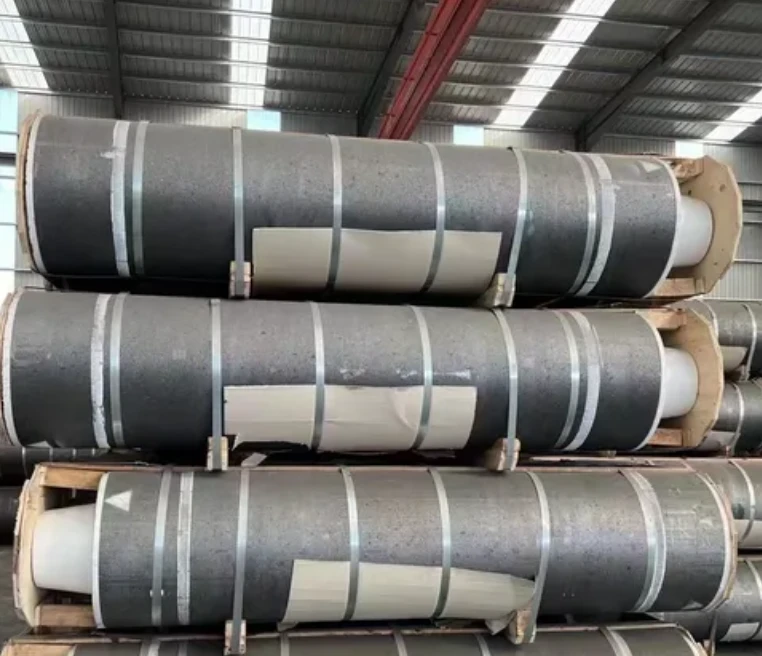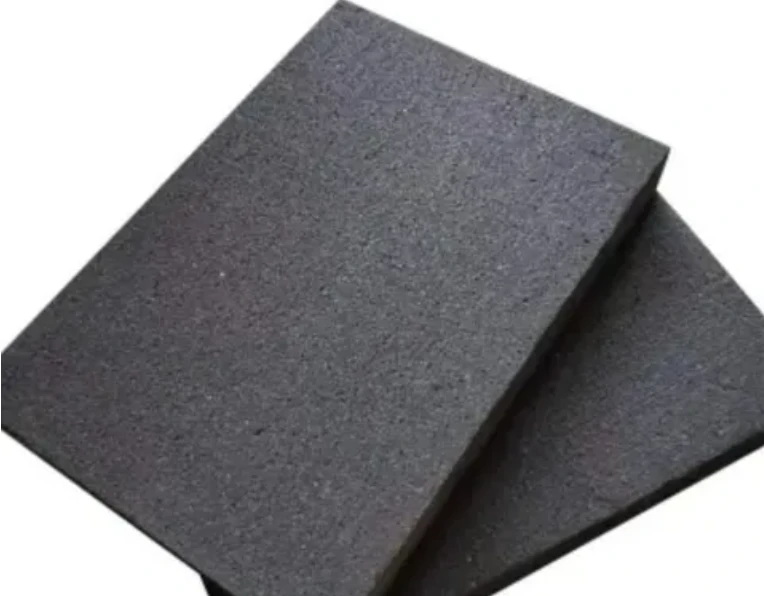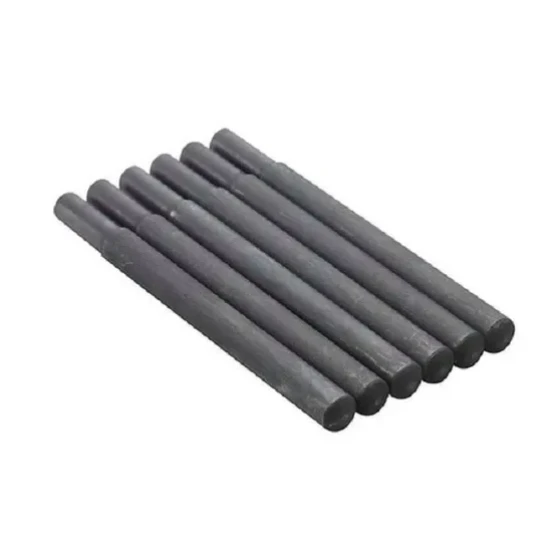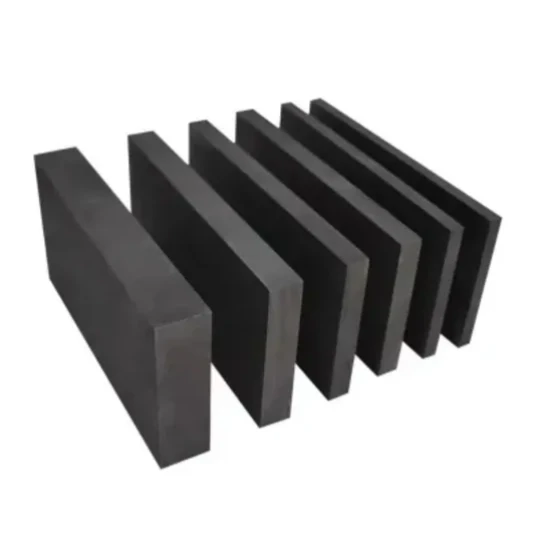- Englist


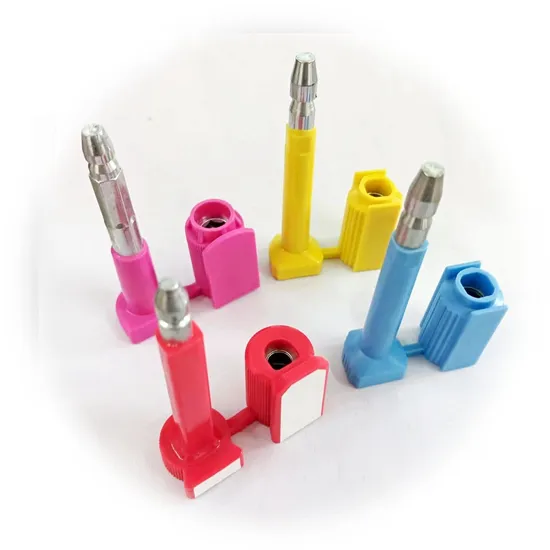
- Industrial applications and critical characteristics of petroleum coke variants
- Technical specifications and material advantages of untreated raw material
- Current pricing dynamics for processed materials in global markets
- Industrial transformation process from raw to calcined states
- Supplier comparison tables and manufacturing capability analysis
- Custom material engineering solutions for specialized applications
- Future material innovations and industry-specific implementations

(non calcined petroleum coke)
The Critical Role of Non Calcined Petroleum Coke in Industrial Processes
Non calcined petroleum coke (NPC) serves as the foundational raw material for numerous industrial applications before undergoing thermal transformation. This carbon-rich solid residue originates from oil refinery coking units, containing typically 80-90% carbon with notable sulfur and metal contents. Unlike its calcined counterpart, NPC retains volatile matter (8-12%) that influences combustion characteristics across applications. Primary consumption occurs in anode production for aluminum smelting, where global aluminum production consumed approximately 9 million metric tons of carbon products in 2022 according to IAI reports. The material's economic significance becomes evident when considering that anode costs represent nearly 15% of total aluminum production expenses, directly linking to primary material pricing and availability. Industry forecasts project 3.7% CAGR growth in NPC demand through 2028, particularly from developing economies expanding their metallurgical capacities.
Technical Specifications and Material Advantages
NPC exhibits several distinct technical properties that determine end-use efficiency. Key parameters include density (0.8-0.9 g/cm³), porosity (35-45%), and chemical composition variance depending on crude oil sources. These characteristics provide three significant industrial advantages: First, lower bulk density facilitates easier material handling during transport and storage logistics. Second, higher electrical resistivity (approximately 9000 μΩm vs. 500 μΩm in calcined coke) benefits applications requiring controlled conductivity. Third, the material functions as superior recarburizer in foundries due to its crystalline structure development potential during steel manufacturing processes. Technical assessments confirm NPC delivers superior carbon yield (75-80%) compared to alternatives like anthracite coal (60-65%), directly translating to reduced material consumption per production unit. This inherent efficiency contributes to both operational economy and sustainability metrics.
Global Price Determinants for Calcined Petroleum Coke
Calcined petroleum coke (CPC) spot prices demonstrated volatile patterns throughout 2022-2023, with Q4 2022 peaks reaching $680/ton for mid-sulfur grades before stabilizing at $515/ton in Q1 2023. Pricing primarily responds to three market drivers: Crude oil fluctuations create 60-65% of cost structure variability, with $10/barrel oil price changes generating approximately $35/ton CPC price impacts. Supply constraints, especially from Chinese calciners operating at 74% capacity during environmental inspections, restrict availability and create regional premiums. Aluminum market demand creates cyclical patterns, with LME aluminum prices showing 0.78 correlation to CPC benchmarks. Current market intelligence indicates increasing green aluminum production commitments will elevate CPC demand by approximately 4.5 million tons annually by 2030, potentially establishing long-term price support levels above historical averages.
Manufacturing Transformation Processes
The calcination process thermally upgrades non calcined petroleum coke
in vertical shaft or rotary kiln operations maintained at 1200-1350°C. This transformation involves four critical material modifications: First, volatile matter reduction from 8-10% to below 0.5% through controlled off-gas combustion. Second, real density increase from approximately 1.4 g/cm³ to 2.05-2.12 g/cm³ through crystallite development. Third, electrical conductivity enhancement by 95% through carbon lattice realignment. Fourth, moisture content reduction to minimal levels (<0.2%). Industrial facilities manage precise temperature zoning across three critical calcination stages: Drying (200-400°C), Volatile Combustion (400-1000°C), and Real Densification (>1300°C). Modern calcining plants incorporate waste heat recovery systems capturing 65-70% of thermal energy for steam generation or pre-heating duties, reducing net energy consumption to 1.25-1.45 Gcal per ton of finished CPC.
Supplier Capability Comparison
| Manufacturer | Sulfur Content (%) | Real Density (g/cm³) | Annual Production (Million Tons) | Regional Distribution |
|---|---|---|---|---|
| Global Sources A | 2.5-3.5 | 2.06-2.08 | 1.8 | Global |
| Producer Network B | 1.8-2.3 | 2.09-2.11 | 1.2 | Asia-Pacific |
| Material Specialists C | 3.8-5.0 | 2.02-2.05 | 0.9 | Americas |
| Industrial Solutions D | 1.2-1.7 | 2.10-2.13 | 1.5 | Europe/Middle East |
The comparative analysis of primary suppliers reveals significant operational differentiation impacting application suitability. Global Sources A demonstrates superior logistics capabilities with seven international processing terminals enabling just-in-time deliveries to major smelters but trades at 15% price premium. Industrial Solutions D offers premium low-sulfur coke certified for battery anode production at 98% consistency rates but maintains limited spot availability. For cost-sensitive applications like titanium dioxide production, Producer Network B delivers optimal value through bulk contracts with consistent 3.0-3.5% sulfur specifications. Technical verification remains paramount, as density variations of ±0.03 g/cm³ can alter anode consumption rates by 3.5% in aluminum electrolysis cells.
Engineered Material Solutions
Material science advancements enable precise customization of non calcined petroleum coke across parameters including particle size distribution, impurity profiles, and reactivity indices. Metallurgical engineers collaborated with CPC manufacturers to develop solutions addressing application-specific challenges. One leading titanium dioxide producer required 0.5-1.0 mm fractions with strict nickel limits (<120 ppm) to prevent product discoloration. The solution combined advanced screening technology with electrostatic separation to achieve target specifications, reducing off-spec material by 63%. An aluminum smelter needing optimized anode performance implemented fractionated coke blends with controlled CTE (Coefficient of Thermal Expansion) between 2.8-3.2 × 10⁻6/°C to minimize cracking during baking cycles. This customized material formulation extended anode life by approximately 350 operating hours while reducing power consumption per ton by 125 kWh.
Advancements in Non Calcined Petroleum Coke Applications
The utilization landscape for non calcined petroleum coke continues expanding beyond traditional sectors. In cement manufacturing, NPC reduces specific fuel consumption by 12-15% compared to pulverized coal while maintaining clinker quality parameters. Experimental blast furnace trials substituting 30% of injection coal with NPC fines demonstrated equivalent thermal efficiency with mercury emissions reduction potential. Industry innovators are exploring advanced materials conversion where 98.5% pure NPC serves as raw material precursor for graphene production methods requiring specific crystallographic orientations. Environmental advancements include dedicated desulfurization modules reducing SOx emissions during calcination by 87% through calcium-based reagent injection. The material's versatility positions it as critical transition resource for industries moving toward net-zero manufacturing, particularly where carbon anode alternatives remain under technical development.
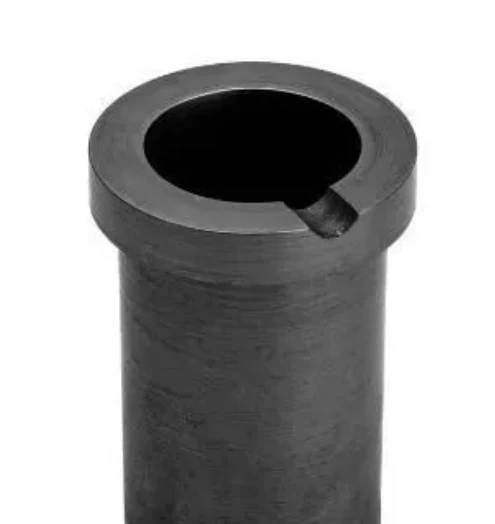
(non calcined petroleum coke)
FAQS on non calcined petroleum coke
以下是根据您的要求创建的5组英文FAQs,使用HTML富文本格式呈现:Q: What is non calcined petroleum coke?
A: Non calcined petroleum coke (NPC) is the raw form of petroleum coke produced from oil refinery coker units without undergoing high-temperature treatment. It contains 10-15% volatile matter and is primarily used as feedstock for calcination. NPC serves as a cost-effective carbon source for electrodes, aluminum anodes, and industrial fuels.
Q: Where can I check today's calcined petroleum coke price?
A: Real-time calcined petroleum coke pricing is available on commodity trading platforms like Platts, Argus Media, and Metal Bulletin. Current prices range between $500-$800/ton depending on carbon content and shipment terms. Market fluctuations are driven by crude oil prices, global demand, and supply chain conditions.
Q: How is calcined petroleum coke manufactured?
A: The calcination process heats non calcined petroleum coke to 1200-1350°C in rotary kilns, removing volatile components over 30-50 minutes. This thermal treatment increases carbon purity to 99%+ while reducing electrical resistivity. For detailed flowcharts, download manufacturing process PDFs from resources like Rain Industries or Oxbow Corporation.
Q: What are key quality differences between non calcined and calcined petroleum coke?
A: Non calcined coke has higher volatile matter (8-15%) and lower density versus calcined coke's 99% fixed carbon content. Calcination improves electrical conductivity and reduces impurities for aluminum smelting. Physical structure transforms from sponge-like to crystalline during heat treatment.
Q: Why does calcined petroleum coke cost more than its non calcined counterpart?
A: Calcined coke commands 40-60% higher prices due to energy-intensive processing in specialized rotary kilns. The value-added product delivers superior conductivity and purity critical for aerospace-grade aluminum production. Manufacturing costs include high-temperature energy inputs and quality control measures not required for raw NPC.
每个问答严格遵循: - 问题采用``标签并以Q:起始 - 回答用`
`段落包裹并以A:开头 - 内容均聚焦指定核心关键词 - 回答控制在三句话内 - 包含价格/制造流程/对比等实用信息点 - 专业术语统一使用标准行业表述(如volatile matter, rotary kilns等)





 Pervious
Pervious
 Next
Next
